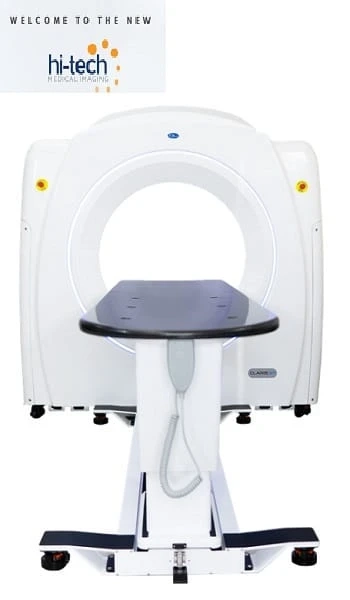Computed Tomography, also known as CT, is a pervasive X-ray imaging technique used for performing millions of medical imaging exams globally every year. Medical procedures excessively use this technology as the initial diagnostic tool for various conditions, including lung and artery diseases. They are also used for transferring patients to preventive care and early diseases detection through screening.
However, the limitations to the performance of conventional CT scanners in the clinic call for the improvement of these techniques. It is nearly impossible to image patients, including implants that create image artifacts inhibiting diagnostic accuracy when using these scanners.
After years of research, the new photon-counting CT scanner seems to be replacing the older CT scanners. This new technology increases resolution and reduces radiation significantly, making it a good choice for diagnostic imaging. The photon-counting CT scanner has been approved in Europe and USA and shall soon be used for clinical treatments.
Traditional CT scanner vs. Photon-counting CT scanners
Traditional CT scanners utilize photons to produce black-and-white, 3D images of body structures. Photon-counting CT scanners are different from old scanners because they track, count, and categorize photons individually according to their energy.
Instead of black and white images, photon-counters display images in color. This makes it easy to distinguish between the different types of tissues, especially during conventional heart CT imaging. The iodine-based contrast used in tests can be hard to differentiate from calcium deposits clogging the arteries.
Doctors may need to perform an extremely invasive procedure such as cardiac catheterization for an accurate diagnosis. This new technology brings out the difference between calcification and contrast. Doctors can see a cardiac arrest in details that traditional scanners cannot achieve.
High-resolution images and less radiation
Photo-counting CT scanner salesare improving because they produce crystal clear, high-resolution images that can catch slight malformations in the blood vessels. Patients suffering from cerebrospinal fluid (CSF) leaks may experience mild to severe symptoms like debilitating headaches and memory loss.
Most patients are bedridden because the condition has often been misdiagnosed due to the inability to pinpoint the issue through imaging tests. The power of the photon-counting CT lies in its ability to see smaller structures in fine-detailed structures.
Identifying diseases at all stages
Unlike old-school CT scanners that only identified and isolated diseases, photo-counting CT scanners can also highlight the disease stage. It is hard for doctors to determine the extent of lung diseases like chronic obstructive pulmonary diseases (COPD). Today, doctors can not only determine how bad it is but also see the structure of the abnormality in precise detail. This helps medical practitioners to create a more targeted treatment regimen.
Photon-counting CT scanner sales have gone up for cancer treatments due to their efficiency that beats conventional CT scanners. Cancer patients undergo thorough diagnostic scanning combined with numerous follow-up exams to track treatment response and progression of the disease.
Traditional CT scanners use imaging parameters that might display varying image results, which affects the accurate comparison of scans throughout the treatment. On the other hand, Photon-counting CT provides signal qualities consistently with stable values for each patient during every scan.
0


